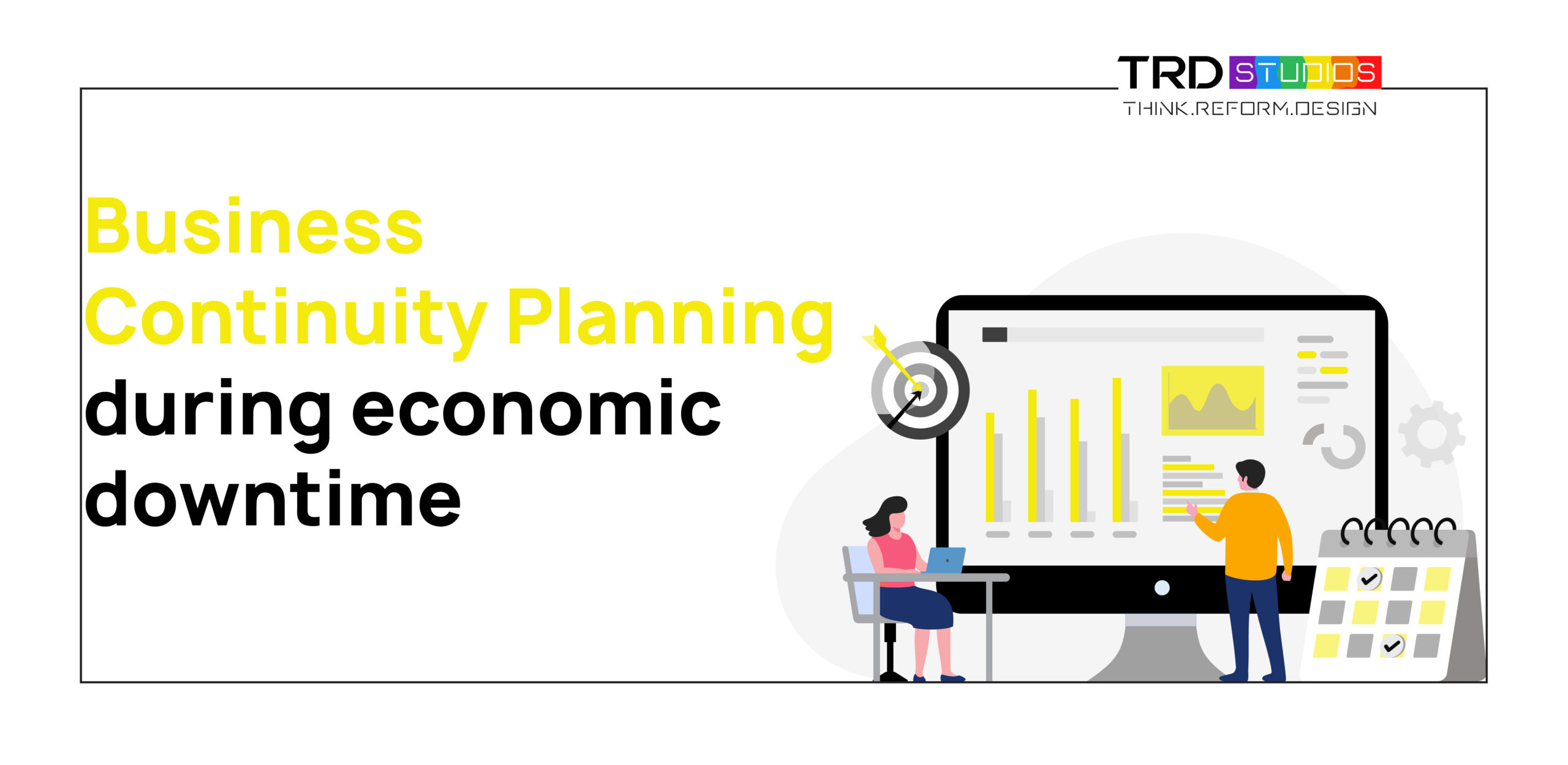“Get closer than ever to your customers. So close that you can tell them what they need well before they realize it themselves”- Steve Jobs
Though this quote doesn’t relate directly to marketing, marketers, for the longest time, have been trying to figure out the most effective way to reach out to their customers.
They are always on the lookout for the next insight to perfect marketing and ad campaigns, strike the right emotional chord with their target segment, cement brand recognition and conquer market share.
The evolution of Marketing
Over the years, marketing has evolved quite a bit. While sponsorship and electronic media ads for larger brands and door to door marketing for startups were the norm in the 1990s, the 2000s saw the dot com boom and the rise of digital marketing.
The advent of digital marketing brought forward click based and organic strategies. KPIs such as Spends Vs. Clicks and Organic Reach became more and more popular with time.
With social media companies like Facebook and Twitter bringing in the aspect of capturing consumer’s attention, strategies such as content optimization, influencer marketing and programmatic advertising have come to the fore.
Through this journey, marketers have been working towards predicting consumer behavior and getting into the consumer’s head. While market research methods such as interviews, surveys, etc. have been valuable in gathering data, these methods still leave considerable guesswork and uncertainty for marketers to understand what the consumer exactly wants. That’s where neuromarketing comes into play.
Neuromarketing- What is it?
Effective marketing brings together art and science. Neuromarketing, on the other hand, brings together marketing, neuroscience and psychology. It runs on the idea that all human feelings, thoughts, and actions—even consciousness itself—are predicated by the neural activity in the brain.
For marketers, the promise of this idea is that neurobiology can reduce the uncertainty and conjecture that traditionally hamper efforts to understand consumer behavior.
Neuromarketing—sometimes known as consumer neuroscience—studies the brain to predict and potentially even manipulate consumer behavior and decision making. It uses insights from neuroscience, behavioral economics, and social psychology, and applies them to measure and improve the effectiveness of product design, branding, and marketing practices.
Tools of Neuromarketing
Neuromarketing refers to the measurement of physiological and neural signals to gain insight into consumers’ motivations, preferences, and decisions, which can help inform impactful advertising, product development, pricing, and other marketing areas.
Neuromarketing tools range from expensive options such as fMRI (functional magnetic resonance imaging) and EEG (electroencephalogram) to less expensive options such as eye tracking, arousal, facial-expression coding, heart rate, respiration rate, and skin conductivity measure arousal.
A study of the different tools is as follows:

Neuromarketing for Startups
While Neuromarketing may be a viable option for larger, more affluent brands, it is almost impossible for startups and SMBs. Neuromarketing indicates that consumer decision making is driven by emotions. So, marketers need to understand how to exploit the power of emotions for brands of all kinds.
The only way to get an emotional connect with your consumer is by creating a brand that your consumers connect with. The brand builds the story around a company’s products or services and the quality of this story is what influences consumers perceptions, expectations and sometimes even, their experiences.
Below are few ways startups can use Neuromarketing techniques-
- Be aware of your brand value and communicate it succinctly
- Create content that focuses on emotions to create a lasting impression on your audience
- Since our brain processes visuals 6000X faster that text, win your audience with images and design
- Be smart about communicating important information such as pricing. It is imperative that your consumer feels that your product is value for money.
- Last but not least, create homogeneity and engagement among your brand, product, services, team and customers.




